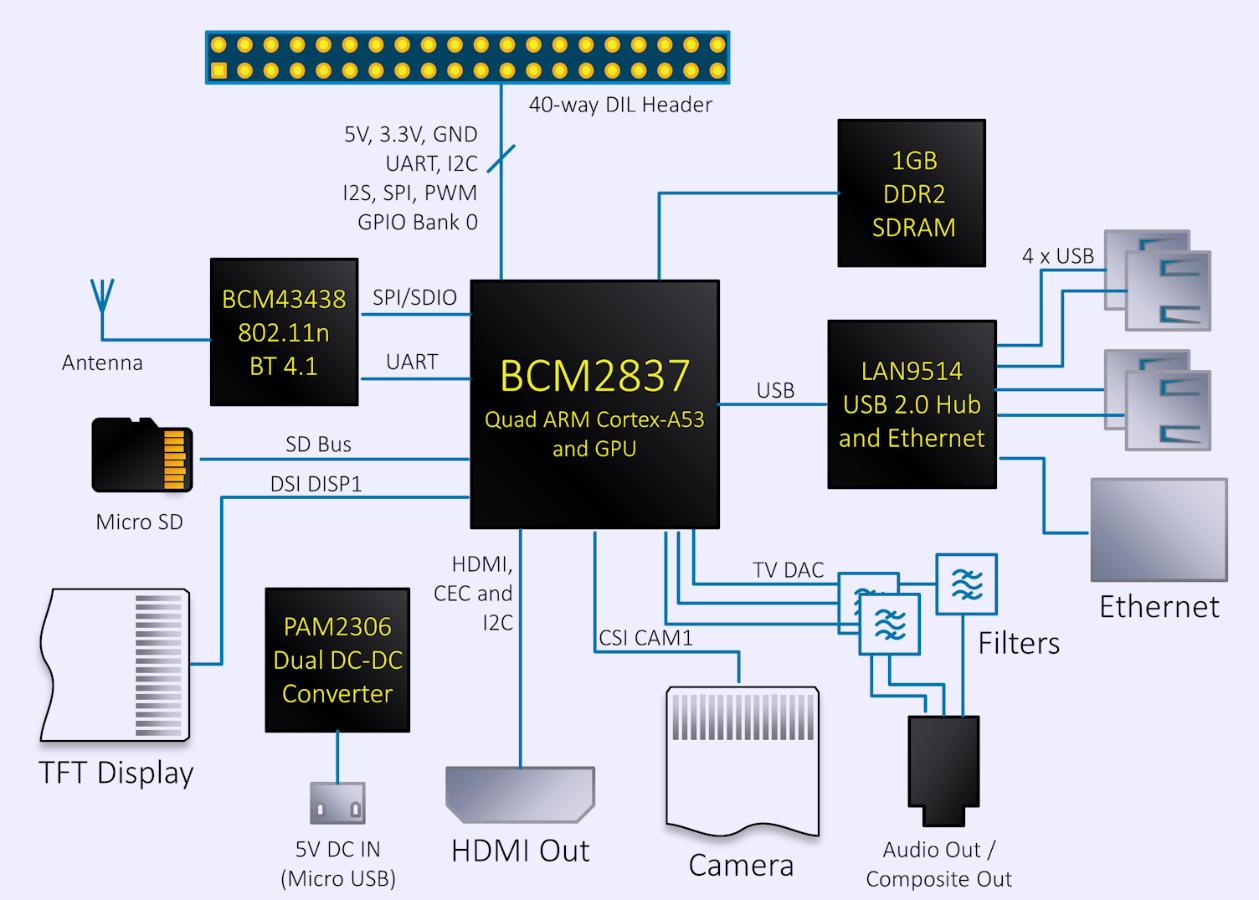Having put a little effort into trying to get a Lime mini working with a Pi3 and no success, then where to from here?
I don’t want to have a laptop. My intention is to build an integrated VHF/UHF radio. HF is lower priority.
What mobo and OS combinations are successfully working with a Lime? Please say a bit more than the minimum, like was it hard to setup? I’m willing to put some effort into this, but there really should be an off-the-shelf or cookbook recipe for folks to follow.
thanks
Barry
Lou
I started that thread and, after a lot of work, it became a dead end.
w0iy
I had no problems building LimeSuite on a Raspberry Pi 3B+ running the recommened Raspian Stretch OS.
I just looked up all the dependancies (the myriadrf drivers, build-essentials, cmake, libusb, etc.). Installed them first. Then followed the instructions to build LimeSuite. From there I linked LimeSuite to C programs that I wrote, such as https://github.com/hotpaw2/lmm_tcp . And my LimeSDR Mini worked just fine.
I don’t even have a monitor or display attached to my Raspberry Pi. So I run it headless via ssh. I stream IQ data from the LimeSDR Mini , using the Raspberry Pi 3 server running lmm_tcp, to my iPhone/iOS, with which I can run apps for rtl_tcp for the RTL-SDR.
To use a Linux system, such as the Raspberry Pi, one does need to be comfortable looking up all the commands needed to build and run stuff. It’s not like a Mac that “just works”.
1 Like
What max bandwidth are you able to achieve this way (tcp and pi3b+)?
TCP through the USB port shared with the NIC or over the buitin WiFi ?

After re-reading all the posts in this topic and looking at a WiFi benchmark for the RPi3+ I’d guess, if you are streaming the full IQ data over the WiFi link (5GHz band might be less busy) to another machine on your LAN(Local Area Network), it would probably be less than 4 MSPS maybe 2 or less. And less than that if you are sending data over the shared USB NIC, less than 2 MSPS probably 0.5 MSPS (due to the complex queue interactions of multiple devices on a shared data bus ). And that assumes that you have enough power for the LimeSDR.
@w0iy - Barry,
You can also check out the LattePanda Win10 64-Bit - I have one of those, too, and you can run SDRConsole in receive like a champ on it for HF to SHF. Simon doesn’t have transmit working in HF yet but I think the V/U/SHF is working because it plays well on Es’Hail. The 7" capacitive touch screen is remarkable but it also supports HDMI.
This past week at work had me flattened out with a really grimy bid - sorry that I didn’t get with you. I’ll try getting a call out today probably about 11 to Noon. I still haven’t heard from John on the LimeSDR issues I’m seeing - if he’s on Holiday it’s going to be awhile before he surfaces again.
Call you later - 73 de Marty, KN0CK
Please check out this git:
From a LimeSDR Mini on a Pi 3B+ to an iOS device over WiFi, lmm_tcp sample rates of 240k to 2M with 8-bit IQ seem to work OK depending on WiFi quality. But an iPad also supports an ethernet dongle for a wired connection to a Pi.
I haven’t tried Raspian Buster yet. IO and Library support on it might still be incomplete. Will do more testing when my Pi 4 ships.

